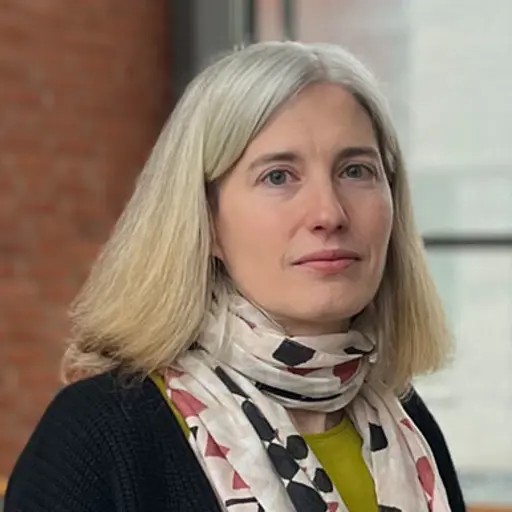Johannes Borgqvist, University of Oxford, Chalmers and University of Gothenburg: Lie symmetries for constructing, selecting and analysing mechanistic models in mathematical biology
Overview
- Date:Starts 22 November 2023, 13:15Ends 22 November 2023, 14:00
- Location:MV:L14, Chalmers tvärgata 3
- Language:English
Abstract: Given the abundance of experimental data, two of the most fundamental questions in mechanistic modelling of biological data concern model construction and model selection. A common type of data is time series data describing how some quantity, e.g. population size or protein abundance, changes over time. Given such a time series, it is often possible to construct numerous candidate mechanistic models consisting of ordinary differential equations based on physical principles encoding distinct biological hypotheses. Worse still, numerous candidate models of the same time series often describe the same data equally well, and thus they cannot be distinguished based on their fit to data. In these situations it is therefore difficult to select one candidate model and thereby infer a biological mechanism underlying the biological data. In this presentation, we tackle the two fundamental problems of model construction and model selection by means of Lie symmetries (or simply just symmetries) of ordinary differential equations. These are, simply put, (one parameter pointwise) transformations known as C∞ diffeomorphisms which map a solution curve to another solution curve. Symmetries are commonly used in mathematical physics and they are the basis for numerous Nobel prizes but they are almost unheard of in mathematical biology.
To solve the classical model selection problem, we have developed and implemented a methodology for model selection based on symmetries. We implement this framework on actual experimental data describing the age-related increase in cancer risk. Importantly, we infer experimentally validated hypotheses underlying different cancer types using the symmetry based framework which the standard methodology based on model fitting fails to do.
Thereafter, we switch focus to model construction in the context of travelling wave models of collective cell migration. These models consists of a single second order ODE describing how the population density u(z) changes with respect to a travelling wave variable z = x − ct where the constant c is referred to as the wave speed. Moreover, certain such models of reaction diffusion type as well as other models with density dependent diffusion are known to have specific analytical solutions of a simple form for certain wave speeds. These analytical solutions have been obtained by means of ansätze based on series expansions, and using these methods it is difficult to define the class of models which have simple analytical solutions. To tackle this problem, we consider a set of symmetries referred to as a Lie Algebra consisting of two symmetries that has been used to find analytical solutions of a second order ODE encapsulating numerous oscillatory models such as the van der Pol oscillator. Based on differential invariants, we derive the most general class of models for which this Lie Algebra is manifest. Thereafter, we implement Lie's algorithm based on step-wise integration in order to demonstrate how first integrals and (if possible) analytical solutions of all ODEs in our class of models are obtained. Using this general class of models, we construct a sub-class of models characterised by the previously mentioned simple analytical solution. Lastly, we demonstrate how this sub-class encapsulates the previously known models with analytical solutions and we quantify the action of the symmetries in this Lie algebra on these analytical solutions. In total, this work demonstrates how classes of mechanistic models can be constructed based on mathematical properties encoded by a Lie Algebra in contrast to the standard way of model construction based on physical assumptions that are hard to validate.
